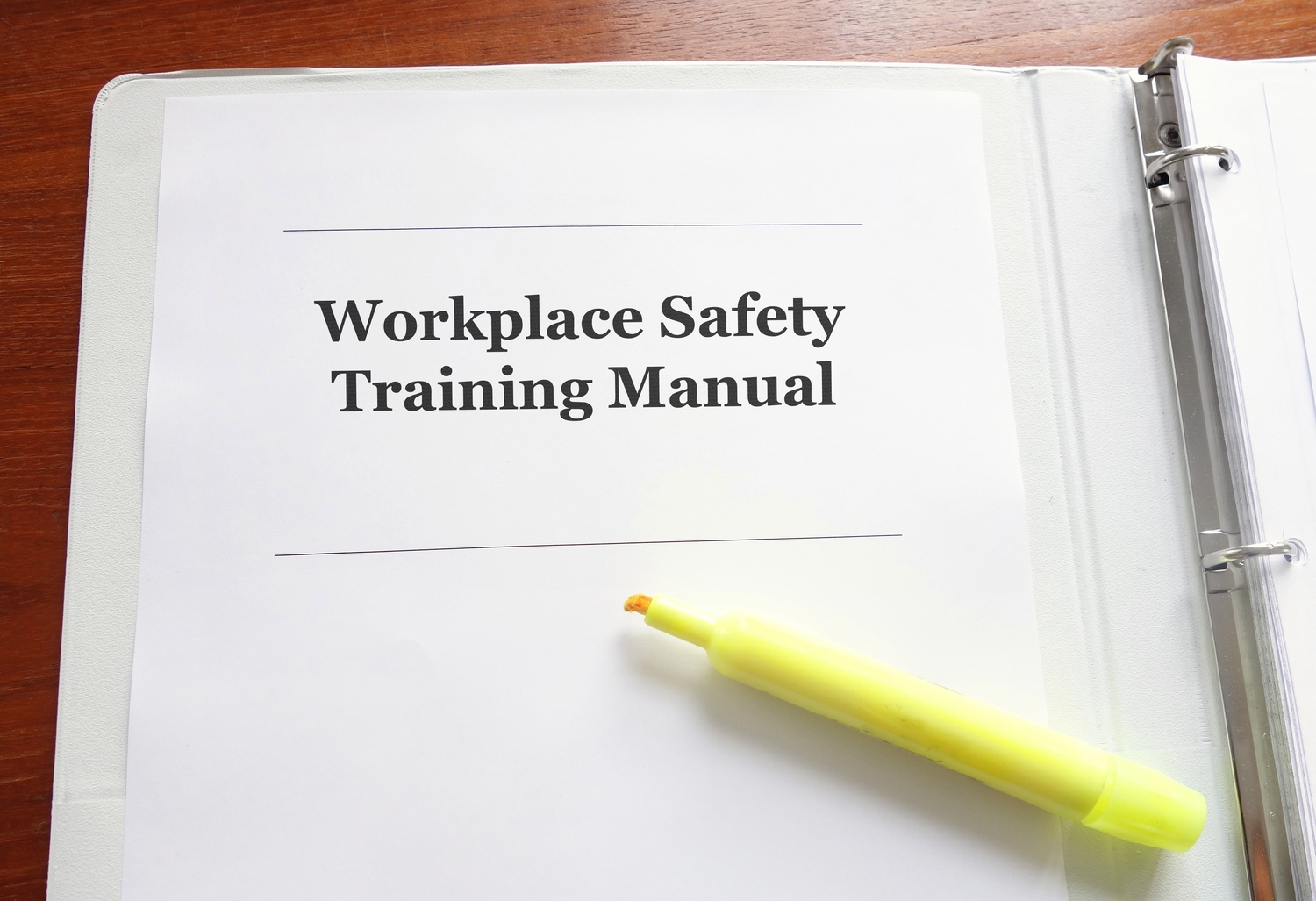Comprehensive Guide to Achieving WHMIS Safety Certification in Canada
This comprehensive guide provides detailed insights into WHMIS safety certification in Canada, emphasizing its importance, components, and step-by-step procedures. It highlights the role of WHMIS in workplace safety, updates aligned with GHS standards, and practical tips for obtaining and maintaining certification to foster safer work environments across various industries.

In Canada's dynamic and continuously evolving industrial sectors, maintaining a safe working environment is of paramount importance. Central to this safety framework is the WHMIS (Workplace Hazardous Materials Information System) certification, which plays a critical role in educating and equipping employees to handle hazardous materials responsibly and effectively. Since its inception in 1988 and subsequent updates in 2015 to align with international safety standards, WHMIS has become an integral component of workplace safety protocols across Canada.
Understanding the significance of WHMIS and the processes involved in obtaining its certification is essential for both employees and employers. This comprehensive guide delves into the history of WHMIS, its key components such as hazard labels and Safety Data Sheets (SDS), the importance of training, and the step-by-step procedures to earn the certification. Let's explore how this system contributes to safer workplaces and how to acquire your WHMIS certification efficiently.
What is WHMIS and Why is it Important?
WHMIS, or the Workplace Hazardous Materials Information System, is Canada’s national hazard communication system designed to ensure that workers are adequately informed about the risks associated with hazardous products in the workplace. Its primary goal is to promote safety by providing clear, consistent, and accessible information about chemicals and other hazardous materials.
Since its establishment, WHMIS has become an essential part of occupational health and safety in Canada. It mandates that employers provide training to employees who work with or near hazardous substances. Proper training helps reduce accidents, prevent injuries, and save lives by ensuring everyone understands how to identify, handle, and respond to hazardous materials properly.
Key Components of WHMIS
WHMIS encompasses several critical elements that facilitate effective hazard communication:
Labels: Visual alerts affixed to hazardous products that provide essential information such as hazard symbols, identification, and handling instructions.
Safety Data Sheets (SDS): Detailed documents that describe the properties of chemicals, potential hazards, safe handling procedures, first aid measures, disposal instructions, and emergency response guidelines.
Worker Education and Training: Programs that teach employees how to interpret labels and SDS, recognize hazards, and adhere to safety protocols.
The 2015 Update to WHMIS – GHS Alignment
In 2015, WHMIS was revised to align with the globally harmonized system (GHS) for classifying chemicals and communicating hazards. This alignment brought standardized hazard symbols, classification criteria, and label requirements to Canada, making information clearer and more consistent internationally.
The changes include the introduction of new hazard pictograms, updated SDS formats, and clearer label elements. These updates aim to improve comprehension, especially for workers who may encounter multiple languages or varying literacy levels. Staying current with these updates is crucial for compliance and safety.
Why Obtain a WHMIS Certification?
Having a valid WHMIS certificate demonstrates a worker’s commitment to workplace safety. It also proves that the individual has received essential training to identify hazards, understand labeling systems, and respond appropriately in emergencies. For employers, certified workers contribute to a safer, more compliant work environment, potentially reducing incidents and legal liabilities.
Furthermore, many industries and employers require WHMIS certification before employment begins, making it a valuable credential for job seekers in sectors such as manufacturing, construction, healthcare, and storage.
How to Obtain Your WHMIS Certification
Step 1: Enroll in Recognized WHMIS Training Program
The first step is to find a reputable training provider authorized to deliver WHMIS education. Many organizations, including online platforms, community colleges, and workforce training centers, offer recognized WHMIS courses that meet federal and provincial standards.
Ensure the program covers all necessary components, including hazard communication, label interpretation, SDS understanding, and emergency procedures. Verify that the certification is valid across Canada, as standards are harmonized nationally.
Step 2: Complete the Training
Training usually involves a combination of theoretical lessons, interactive modules, and assessments. Most courses are designed to be completed within a few hours and are accessible online or in-person. The training emphasizes practical skills, such as reading labels and SDS sheets, recognizing hazard symbols, and following safety protocols.
Step 3: Pass the Assessment
At the end of the training, participants must pass a short exam or assessment to demonstrate their understanding of key concepts. A passing score is required to earn the certification, which confirms that the individual is knowledgeable about hazard communication and safety practices.
Step 4: Receive Your Certification
Upon successful completion, participants receive a recognized WHMIS certification card or document. This certification is usually valid for a specific period, often three years, after which re-certification or refresher training may be necessary.
Maintaining Your WHMIS Certification
To ensure ongoing safety and compliance, workers should stay informed about updates to WHMIS standards and complete refresher courses as recommended. Employers are responsible for tracking certification expiry dates and providing opportunities for continued training.
Additional Tips for Employers and Employees
Promote a safety-first culture by encouraging ongoing education about hazard management.
Maintain accessible SDS and labeling systems in the workplace.
Regularly review safety procedures with employees to reinforce training.
Ensure all new employees receive proper WHMIS training before commencing work involving hazardous materials.
Conclusion
Obtaining a WHMIS safety certification is a vital step toward creating safer work environments across Canada. It demonstrates a clear understanding of hazard communication principles and compliance with national safety standards. Whether you are a worker seeking certification or an employer aiming to enhance workplace safety, understanding the process and importance of WHMIS is essential. Through proper training and certification, workplaces can reduce accidents, protect their employees, and uphold their legal and ethical responsibilities toward occupational health and safety.





